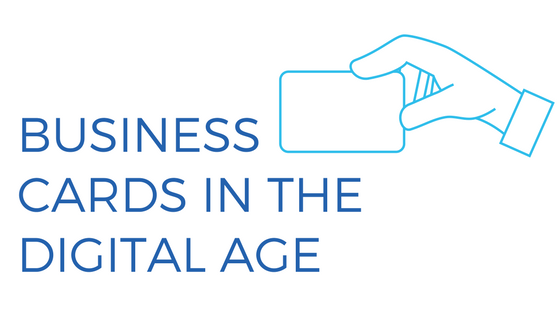Don't be deceived by the thousands of articles online declaring the business card 'dead'. The humble business card still has plenty of life in it yet!
For many glaziers, business cards are a necessity but are often rushed or treated as an afterthought. Business cards say a lot about you and your business so it's crucial you put some thought into them. There are a few key, simple elements to keep in mind that make up a great, memorable business card.

Using business cards in the digital age
While contact details are often exchanged via email, you never know when you'll meet a prospective customer. Having a physical option for exchanging information is always good practice, the convenience of business cards is unmatched. If you always keep a few handy in your wallet, you'll be prepared if you meet the perfect prospect while your phone battery is dead.

Clear and easy-to-read information
The most important elements of your business card is the content you put on it and how you order it.
Don't overcrowd your business card with information (it's a small piece of real estate after all) but make sure you include the details people will need to remember who you are and what you do:
- Your logo and tagline. If you business name doesn't communicate what you do, consider listing the services you offer on the back.
- Your name (written the way you'd introduce yourself if you were meeting them in person).
- Your phone number and email address (otherwise what's the point of a business card?). Ideally this should be your work email address, rather than the generic company or office email address.
- The URL for your website.
- Depending on your business, it may be more useful to include the areas you service rather than your office location.

A great design that sets you apart
You don't need to go all out with business cards that use embossed lettering or are cut into fancy shapes (though they are great conversation starters), but you should ensure the design of your business cards is communicating the message you want to send about your business.
- First and foremost it should be on brand. Whatever logo, colors and fonts you use on your website or anywhere else should appear consistent on your business card.
- Use photos sparingly. Understandably you want to show off your work through imagery, but photos don't always translate well to a space as small as a business card. Focus instead on making your design sleek and professional so the recipient wants to look up examples of your work on your website. Canva has some beautiful templates you could use as a starting point.
- Color is always a great asset but it's a good idea to have some white space on your business cards as many people use them to jot down notes about your business. There should be spacing on your business card regardless, breaking up information into clear segments makes it easier to digest.
In summary
Think about what someone might need to make a decision about your business and how they would go about it, then base your content and design on that. There may well be additional elements you need to include on your business card that we haven't listed here — every glazing business is different! If you use social media as a portfolio for your work, it may be useful to include a link to your Facebook page or Twitter.
If you're feeling super creative, you could always go glass-themed and opt for a transparent business card!




